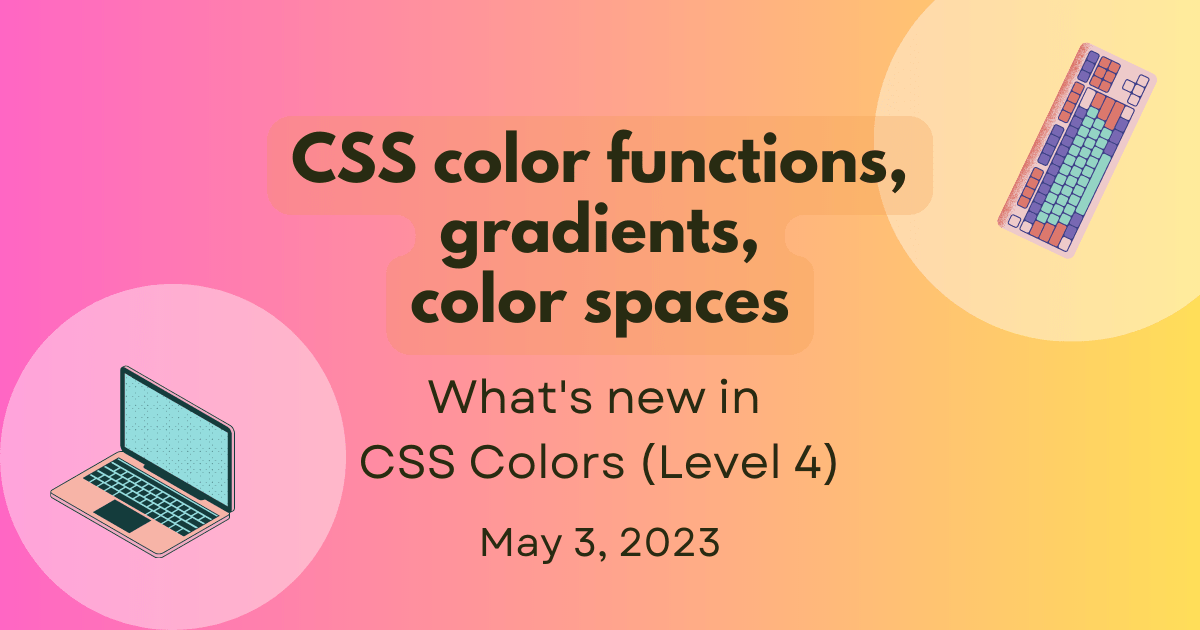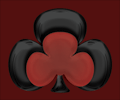The HWB color function, a relatively new addition to the CSS color functions family, is designed to enhance color management in CSS by providing a more intuitive way to describe colors. Unlike the traditional HSL function, HWB allows developers to specify how much white or black to incorporate into a base color while maintaining its hue. This approach, which operates within the sRGB color space, aims to simplify the process of color selection and manipulation. However, despite its intentions, many users remain skeptical about its practicality compared to established methods like HSL. In the ongoing debate about HSL vs HWB, it is essential to explore how this relatively underutilized function aligns with current color specifications and overall writing practices in web development.
The HWB() color model represents a unique perspective on color representation within digital design, standing alongside other systems like HSL(). By allowing developers to adjust a color’s brightness through the addition of white and black, HWB offers an intriguing alternative for those seeking to explore various hues in their project’s palette. When discussing color functions, we often compare new methodologies with established practices in CSS, especially in the realm of color specifications. With the rising prevalence of different color models in the web development community, understanding the nuances of HWB can shed light on broader trends in color management and application.
Introduction to the hwb() Color Function
The hwb() color function, introduced in the world of web colors, was designed with user-friendliness in mind. It operates within the familiar sRGB color space, similar to its predecessors: rgb(), hsl(), and hexadecimal formats. With hwb(), users can specify how much white and black they wish to blend with a color, on top of defining its hue. This unique approach aims to simplify the color mixing process for designers, making it potentially more accessible than the traditional hsl() function, which requires a more abstract understanding of saturation and lightness.
Yet, despite its promising intent, hwb() hasn’t garnered the widespread acclaim one might expect. Many practitioners in the design community express a preference for hsl(), citing not only its historical presence since 2008 but also its perceived intuitiveness in handling color adjustments, particularly in cases of desired saturation.
Examples of both hsl() and hwb() can vividly illustrate the conceptual differences between them. When represented by their respective functions, a light orange color emerges identically in both cases — using hsl() for saturation and lightness versus hwb() for hue, whiteness, and blackness. However, the latter’s approach may introduce confusion, as designers might find it less straightforward to manipulate saturation compared to the compactness of hsl(). Thus, while hwb() seems intuitive at first glance, the nuances of its structure may lead to a learning curve that many web developers are unwilling to undertake.
Historical Context and Browser Support
A significant factor contributing to hwb()’s underutilization is its relatively recent arrival in the web development landscape. The hsl() function has been around for almost two decades, allowing designers ample time to familiarize themselves with its attributes and practical applications. In contrast, hwb() only gained mainstream browser implementation in 2021, leading to a disparity in user familiarity and confidence. This timeline highlights how the more extended usage of hsl() has built a stronger community of advocates and resources around it, thus naturally leading designers to favor it as a primary color function in their workflows.
Browser implementations also play a critical role in establishing a color function’s popularity. As hsl() was widely adopted long before hwb(), many development environments, tutorials, and frameworks organically leaned towards it. The perceived stability and legend of hsl() in the coding community outshine any novel features hwb() might offer. Even discussions surrounding hwb() suggest that its fate could have been different, with proposals to remove it from specifications based on lack of use — yet this was curtailed due to prior browser support, emphasizing the challenges in managing backward compatibility without alienating users who had begun to implement hwb() at any level.
Comparison with Alternative Color Models
While hwb() is struggling to find its place among color functions, there are several emerging alternatives that extend beyond the limitations of sRGB. Color models like lab(), lch(), oklab(), and oklch() provide designers with greater advantages, such as better color representation and perceptual uniformity. These models enable a broader gamut of colors, allowing creators to achieve results that hwb() simply cannot offer. As the web evolves, these advanced models may underscore technical progress and usability, perhaps pushing hwb() further into obsolescence if it cannot compete effectively.
In light of these considerations, many seasoned designers advocate for the use of these more robust color models over hwb(). With the intrinsic limitations and lack of widespread backing for the hwb() function, its practical application in modern web design appears increasingly tenuous. As developers explore new color models, the focus may shift considerably towards options that yield more consistent results across various devices and user interfaces, rendering hwb() less appealing for everyday use.
The Designer’s Perspective on Color Functions
From the standpoint of a web designer, the selection of color functions often hinges upon personal preference and workflow efficiency. While hwb() is positioned as an intuitive option for color blending, the actual experience for many has been less than satisfactory when compared to alternatives like hsl() or even newer functions in different color spaces. User experiences dictate that hsl() offers a more streamlined approach, enabling designers to effortlessly adjust saturation and lightness without convoluting the color mixing process. This practical advantage over hwb() fosters loyalty towards hsl() in a community already acclimated to its usage.
However, hwb() does not go unnoticed in discussions around color functionality. Some designers appreciate its conceptual framework, particularly when it comes to manipulation of white and black. For those who possess a clearer vision of their intended outcome, a blend of directives provided by hwb() could theoretically yield standout results. This nuanced discussion illustrates a critical duality in the design community: though hwb() may seem logical on the surface, for many, the depth of training and historical usage of hsl() becomes overwhelmingly persuasive. The conversation about hwb() continues, and as web technologies evolve, its role may yet shift within the constantly adapting landscape of color functions.
Final Thoughts and Recommendations
In considering the merits and shortcomings of various color functions, one must reflect on the importance of continuous learning and adaptation within the design sphere. As advancements in color theory emerge and are integrated into web development, color functions like lab(), lch(), oklab(), and oklch() present enticing options that, for many, outperform the recently introduced hwb(). Designers are encouraged to explore these more sophisticated methods whenever possible, celebrating the depth of color they can achieve and the enhanced control they offer over their creations.
Encouraging feedback and dialogue within the community can only strengthen the understanding and application of these color models. Exploring alternatives to hwb() doesn’t merely foster personal development; it also cultivates a richer, more informed discourse about color and its crucial role in web design. With the tools and knowledge at our disposal, web designers of today are well-equipped to pave the way for those who will follow, ensuring that the craft of color mixing is both an art and a science driven by innovation and creativity.
















